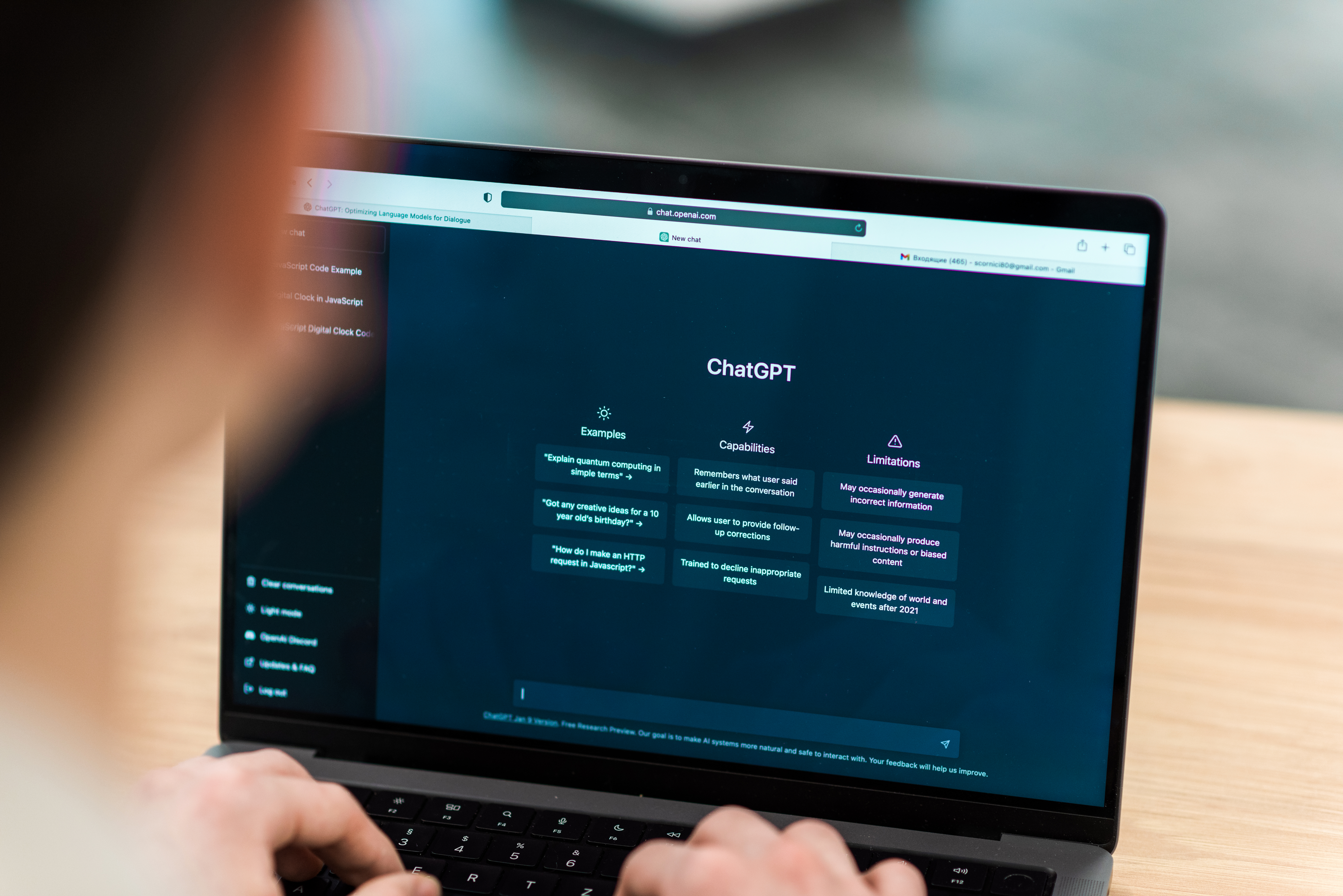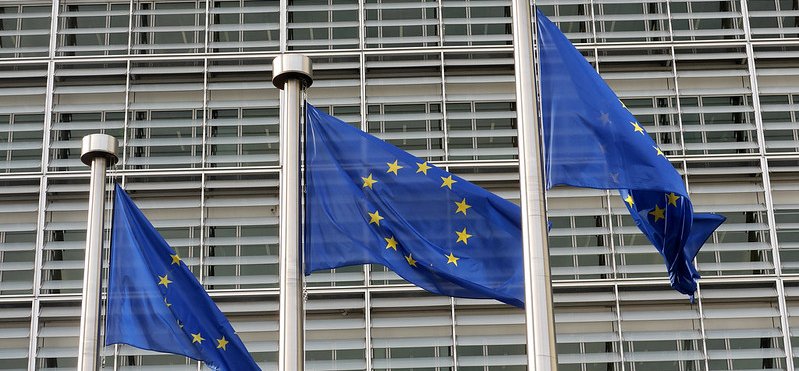European regulators from Italy, France, and Austria have called for changes to the EU’s Markets in Crypto-Assets Regulation (MiCA). Their proposals aim to fix supervisory gaps, improve cybersecurity, and simplify token white paper approvals.
The regulation, which came into force in December 2024, requires prior authorisation for firms offering crypto-related services in Europe. However, early enforcement has shown significant gaps in how national authorities apply the rules.
Regulators argue these differences undermine investor protection and threaten the stability of the European internal market.
Concerns have also been raised about non-EU platforms serving European clients through intermediaries outside MiCA’s scope. To counter this, authorities recommend restricting such activity and ensuring intermediaries only use platforms compliant with MiCA or equivalent standards.
Additional measures include independent cybersecurity audits, mandatory both before and after authorisation, to bolster resilience against cyber-attacks.
The proposals suggest giving ESMA direct oversight of major crypto providers and centralising white paper filings. Regulators say the changes would boost legal clarity, cut investor risks, and level the field for European firms against global rivals.
Would you like to learn more about AI, tech and digital diplomacy? If so, ask our Diplo chatbot!










